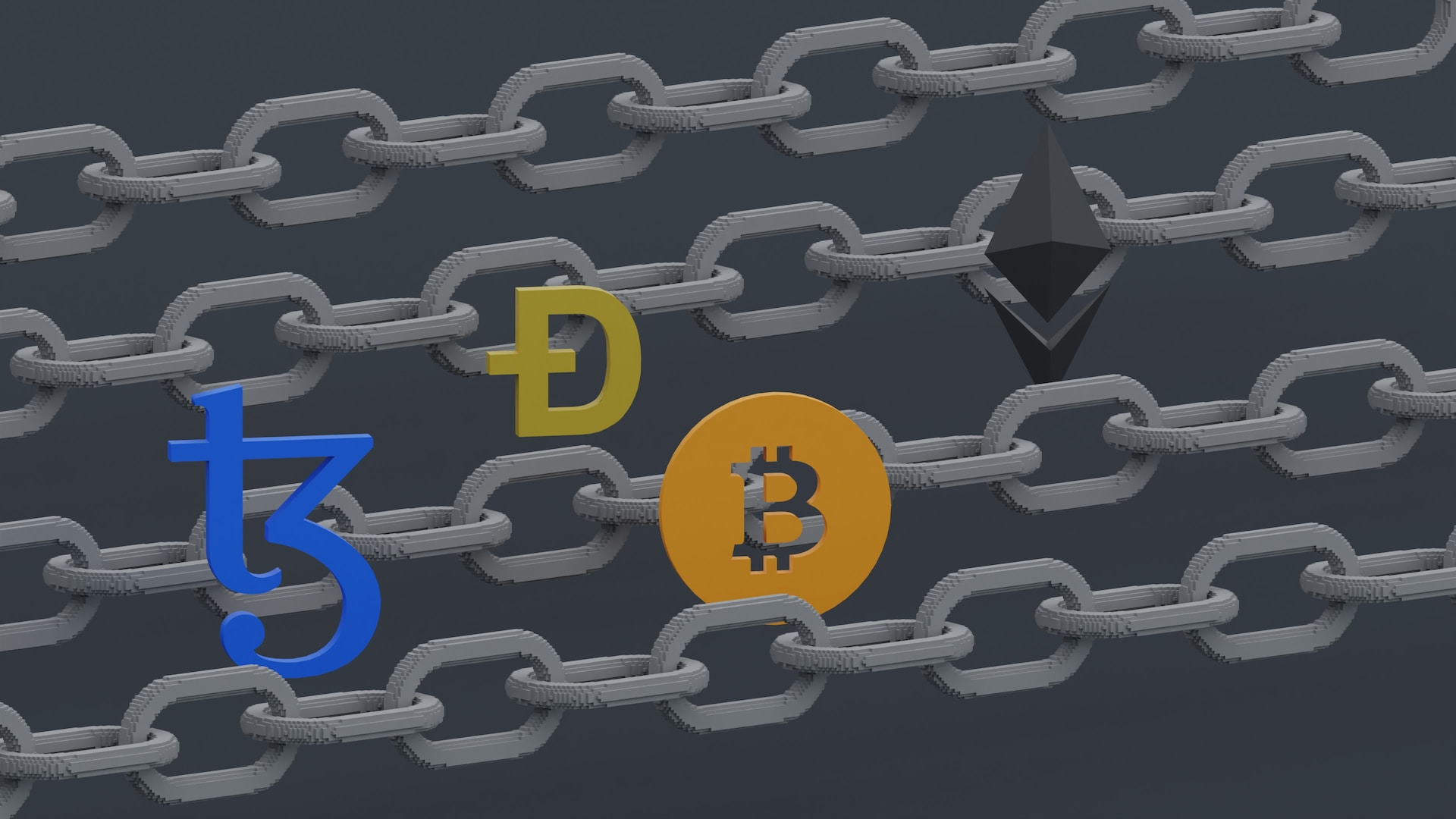Scrutinizing the Environmental Impact of Hedera Hashgraph (HBAR) in Blockchain Operations
Blockchain technology has revolutionized various industries with its decentralized, secure, and transparent nature. However, the environmental concerns associated with its energy-intensive consensus mechanisms, particularly Proof of Work (PoW), have raised significant alarms. In this article, we delve into the potential solution offered by Hedera Hashgraph (HBAR), a blockchain alternative with a unique consensus algorithm. We will explore how HBAR addresses energy efficiency concerns, its applications, and its impact on the sustainability of blockchain technology.
The Energy Crisis in Blockchain
Exploring the Environmental Concerns
Traditional PoW blockchains like Bitcoin and Ethereum have faced criticism due to their colossal energy consumption. Mining activities involve solving complex mathematical puzzles, consuming enormous amounts of electricity, and contributing to carbon footprints.
Growing Demand for Energy-Efficient Solutions
The escalating energy consumption of PoW blockchains has led to calls for more energy-efficient alternatives. Concerns about the environmental impact, as well as the economic sustainability of high-energy consumption, have prompted the search for greener alternatives.
The Role of Consensus Mechanisms
The consensus mechanism, which validates and secures transactions on a blockchain, plays a pivotal role in determining energy consumption. PoW relies on miners competing to solve mathematical puzzles, while PoS allows validators to create new blocks based on the amount of cryptocurrency they hold.
Understanding Hedera Hashgraph (HBAR)
Detailed Explanation of Hashgraph Consensus
HBAR employs the Hashgraph consensus algorithm, which differs fundamentally from PoW and PoS. It enables high-speed, secure, and fair transactions through a directed acyclic graph (DAG) data structure.
Key Features and Advantages
- Speed and Scalability: HBAR processes transactions rapidly, making it suitable for real-time applications.
- Security: Hashgraph offers robust security against attacks and collusion.
- Fairness: HBAR ensures fairness by preventing certain participants from controlling consensus.
Use Cases and Applications
HBAR finds applications in various domains, including supply chain management, identity verification, and decentralized finance (DeFi). Its energy efficiency makes it an attractive choice for applications that require frequent, low-energy transactions.
Energy Efficiency of Hedera Hashgraph
Comparative Analysis
Comparing HBAR’s energy efficiency with PoW and PoS reveals significant differences. PoW consumes immense amounts of energy, while PoS is more efficient but still has some drawbacks. HBAR, with its Hashgraph consensus, stands out as a highly efficient alternative.
Real-World Examples
Several projects have adopted HBAR to reduce their carbon footprint and energy costs. For instance, a supply chain management system using HBAR reduced energy consumption by 70% compared to a PoW blockchain.
Environmental Impact
HBAR’s adoption can have a substantial positive impact on the environment. Lower energy consumption not only reduces carbon emissions but also makes blockchain technology more sustainable in the long term.
Challenges and Limitations
Drawbacks and Limitations
While HBAR offers numerous advantages, it is not without limitations. Scalability remains a challenge, with potential bottlenecks as the network grows. Additionally, HBAR faces competition from other energy-efficient blockchains.
Scalability Issues
As more transactions occur on the HBAR network, scalability may become a concern. Addressing this challenge is vital to ensure HBAR remains an energy-efficient solution as it scales.
Regulatory and Adoption Challenges
HBAR may face regulatory hurdles and resistance from traditional blockchain communities. Overcoming these challenges will be crucial for its widespread adoption.
Case Studies and Success Stories
Real-World Projects
Several organizations and projects have successfully implemented HBAR to achieve energy efficiency. For example, a DeFi platform reduced transaction costs and energy consumption by adopting HBAR.
Energy Savings
Quantifying the energy savings achieved through HBAR adoption is crucial. Case studies show tangible reductions in electricity usage and associated costs.
Lessons Learned
The success stories of HBAR implementations provide valuable lessons for others seeking to harness the benefits of energy-efficient blockchains.
Future Prospects and Conclusion
Future Potential of HBAR
The prospects for HBAR and similar energy-efficient blockchains are promising. As environmental concerns continue to grow, the demand for sustainable blockchain solutions will likely increase.
Broader Implications
Energy-efficient blockchains like HBAR have broader implications beyond their direct applications. They can contribute to a more sustainable and eco-friendly blockchain ecosystem.
Conclusion
In conclusion, Hedera Hashgraph (HBAR) presents an innovative solution to mitigate the energy crisis within blockchain technology. Its Hashgraph consensus algorithm, which employs a directed acyclic graph (DAG) structure, ensures rapid, secure, and equitable transaction processing. HBAR’s impressive energy efficiency, coupled with its real-world success stories across various industries, underscores its potential to disrupt the blockchain landscape. Despite scalability challenges and regulatory considerations, HBAR’s commitment to environmental sustainability positions it as a promising alternative for those seeking a greener and more sustainable future for blockchain. While navigating this shift, you might explore options such as “Bitcoin Era” to facilitate your blockchain activities.

